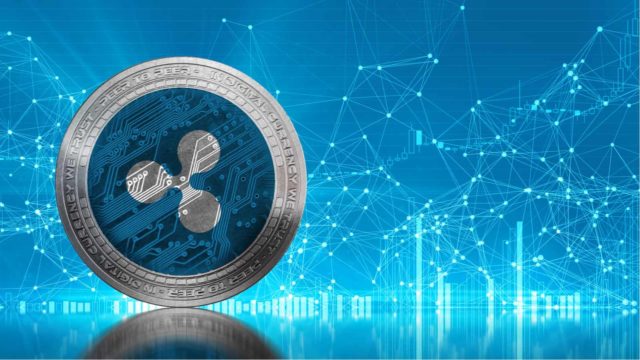- Gold price attracts some buying after yesterday’s pullback from all-time high.
- Bets that the Fed will begin its rate-cutting cycle in September continue to act as a tailwind.
- A modest USD rebound, coupled with the risk environment, could limit further intraday gains.
Gold (XAU/USD) price is rising during the Asian session on Thursday and for now, it seems to have halted its decline from a fresh all-time high reached the previous day. The precious metal is currently trading just above the $2,460 level, although a combination of factors could limit any significant intraday appreciation move.
The US Dollar (USD) is attracting some buyers and reversing some of the previous day’s heavy losses to a near four-month low following a modest rebound in US Treasury bond yields. This, coupled with the strong bullish sentiment prevalent in global equity markets, could act against the safe-haven Gold price. However, the short-term bias appears to be firmly tilted in favour of bullish traders.
Investors appear to have fully priced in a 25 basis point (bps) interest rate cut by the Federal Reserve (Fed) in September. Moreover, market participants expect the US central bank to cut borrowing costs again in December as inflationary pressures ease. This should limit the upside in US bond yields and the USD, which in turn could continue to benefit the price of non-yielding gold.
Gold FAQs
Gold has played a pivotal role in human history as it has been widely used as a store of value and a medium of exchange. Today, apart from its luster and use for jewelry, the precious metal is considered a safe haven asset, meaning it is considered a good investment in turbulent times. Gold is also considered a hedge against inflation and currency depreciation as it is not dependent on any particular issuer or government.
Central banks are the largest holders of gold. In order to support their currencies in turbulent times, central banks tend to diversify their reserves and buy gold to improve the perception of the strength of the economy and the currency. High gold reserves can be a source of confidence in a country’s solvency. Central banks added 1,136 tonnes of gold worth about $70 billion to their reserves in 2022, according to data from the World Gold Council. This is the largest annual purchase on record. Central banks in emerging economies such as China, India and Turkey are rapidly increasing their gold reserves.
Gold has an inverse correlation with the US Dollar and US Treasury bonds, which are the main reserve and safe haven assets. When the Dollar depreciates, the price of Gold tends to rise, allowing investors and central banks to diversify their assets in turbulent times. Gold is also inversely correlated with risk assets. A rally in the stock market tends to weaken the price of Gold, while sell-offs in riskier markets tend to favor the precious metal.
Gold prices can move due to a wide range of factors. Geopolitical instability or fears of a deep recession can cause the price of Gold to rise rapidly due to its status as a safe haven asset. As a non-yielding asset, Gold prices tend to rise when interest rates fall, while rising money prices often weigh down the yellow metal. Still, most of the moves depend on how the US Dollar (USD) performs, as the asset is priced in dollars (XAU/USD). A strong Dollar tends to keep Gold prices in check, while a weaker Dollar is likely to push Gold prices higher.
Source: Fx Street
I am Joshua Winder, a senior-level journalist and editor at World Stock Market. I specialize in covering news related to the stock market and economic trends. With more than 8 years of experience in this field, I have become an expert in financial reporting.







